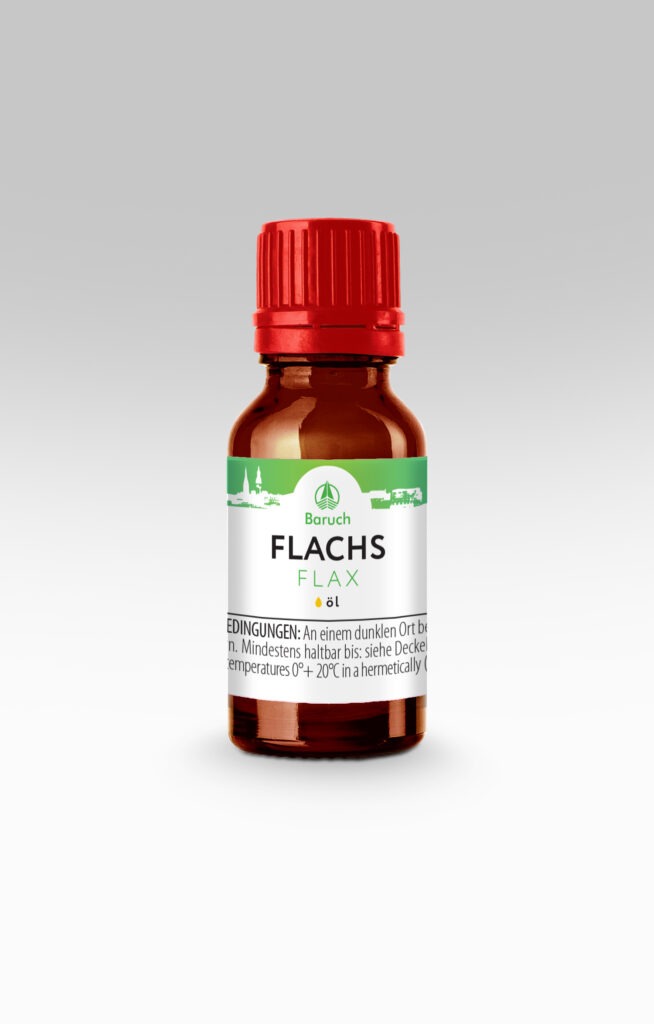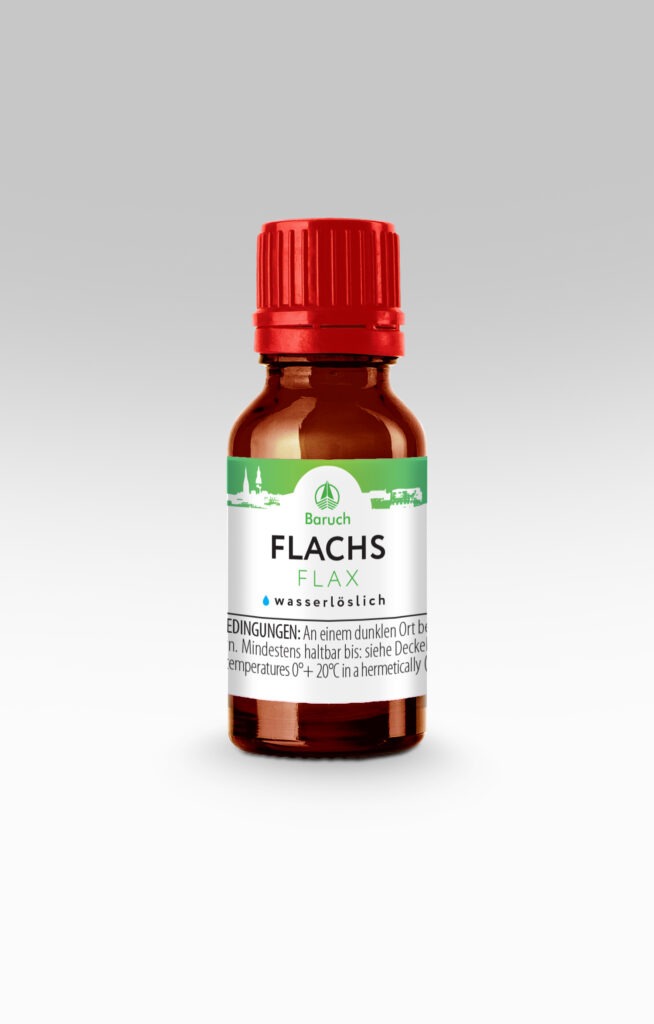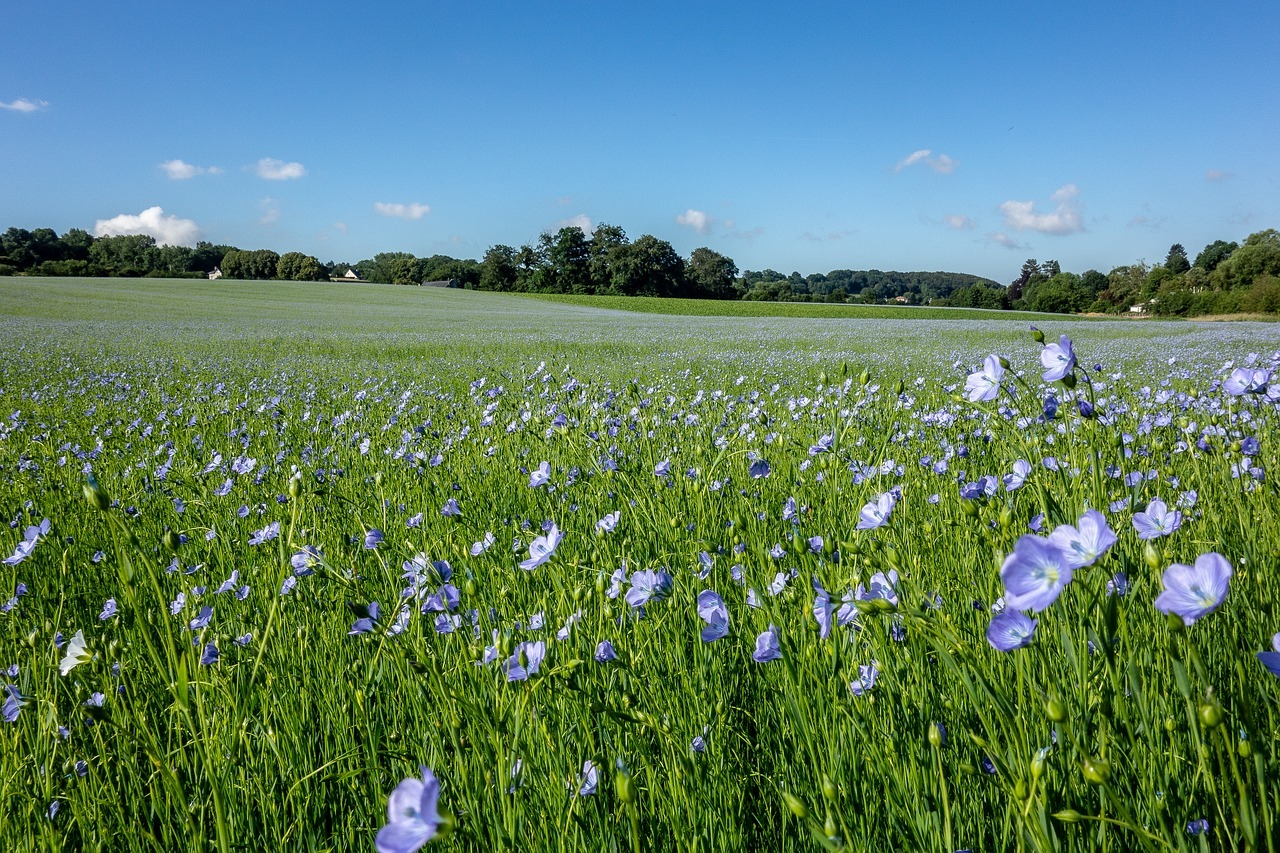Flax seeds are used to obtain CO2 extract. Flax seeds are also often called linseed.
CO2 flaxseed extract is a chemically more saturated and concentrated analogue of cold-pressed flaxseed oil. The extract has almost all of the biologically active and medicinal properties of flaxseed oil but works faster and more effectively. The benefits of flaxseed CO2 extract extend to almost all organs and tissues in the body. This extract has an excellent effect on the functionality and condition of the surfaces in the gastrointestinal tract, stimulates liver function and has a regenerating effect. The extract fights “bad” cholesterol and actively removes it from the blood and vessels, improves blood circulation and potency. Prevents the destruction of nerve cells and improves the conduction of nerve impulses. As a result, it improves the functioning of the nervous system, including the brain. Promotes memory, concentration and accelerates thinking. Normalizes hormone levels and prevents the development of malignant tumors, strengthens the immune system.
CO2 extract from flax seeds can be considered as an additive to various dishes to give them functional properties. Flaxseed CO2 extract can be added to salads and cereals like any cooking oil. Flaxseed oil is used primarily as an active ingredient in the production of a wide range of dietary supplements to combat atherosclerosis and improve the functioning of the gastrointestinal tract and cardiovascular system.
Biozevtika CO2 linseed extract is a light yellow oily liquid with a characteristic odor that polymerizes (hardens) quite easily in air.
Main components of flaxseed CO2 extract
| NAME | TOTAL CONTENT IN % OF FUGITIVESCOMPONENTS | FUNCTION |
| Beta-sitosterol | 0,5 | Estrogenic, anti-sclerotic, anti-prostate adenoma, endocrine system disorders, bacteriostatic |
| Campesterol | 1,8 | Helps remove low viscosity (bad) cholesterol from the body. Reduces the risk of occurrence, slows down the growth and spread of metastases in cancerous tumors. Promotes the production of collagen and elastin in the skin |
| Stigmasterin | 0,9 | Antitumor, against arteriosclerosis, against stiffness, diarrhea |
| Alpha-Tocosterol (Vitamin E) | 6 | Antioxidant, against muscular dystrophy, sexual dysfunction, treats psoriasis, lupus and other skin diseases |
| Phylloquinone (Vitamin K) | 8 | Hemostatic, regulator of prothrombin formation. Heals |
| Linoleic acid | 13 | Reduces the risk of occurrence and development of hypertension, and also helps fight obesity. Should be avoided if you have diabetes. Omega-6 acid |
| Linolenic acid | 32 | Reduces the risk of cardiac arrhythmias, thrombosis and high blood pressure. Combats the appearance of flaky skin inflammation. Retinal pathologies. Widely used in cosmetics. Omega-3 acid |
| Nervonic acid | 2 | It is part of the lipid-containing brain tissue and restores nerve fibers. In medicine it is used against multiple sclerosis and to treat illnesses following a stroke. Omega-9 acid |
| Arachidic acid | 2 | Participates in the synthesis of prostaglandins |
| Palmitic acid | 6 | Used in cosmetic creams, it activates the synthesis of collagen, elastin and hyaluronic acid. Omega-7 acid |
| Eicosapentaenoic acid | 0,1 | Improves the condition of diseases of the heart, blood vessels, lungs, triglyceridemia, asthma, Raynaud’s syndrome, rheumatoid arthritis, diabetes, psoriasis. Protects, nourishes and regenerates skin cells |
| Docosahexaenoic acid | 0,1 | Increases attention skills and accelerated thinking in children. It has anti-inflammatory properties, relieves joint diseases and eliminates muscle pain. Omega-3 acid |
In cosmetics, the extract is used for the following preparations:
– to moisturize and nourish dry skin
– for skin rejuvenation, smoothing of fine wrinkles, regeneration of skin cells
– to normalize the function of the sebaceous glands
– to combat skin rashes, acne, eczema
– for products that strengthen and nourish the nail plates
– to combat dryness, brittleness and split ends
– to stimulate hair growth
Today flax is an exclusively cultivated plant. It is believed that the homeland of flax is the mountainous regions of India and China.
Flax is one of the oldest cultivated plants, whose products have been used almost always and everywhere from ancient Egypt to the present day.


